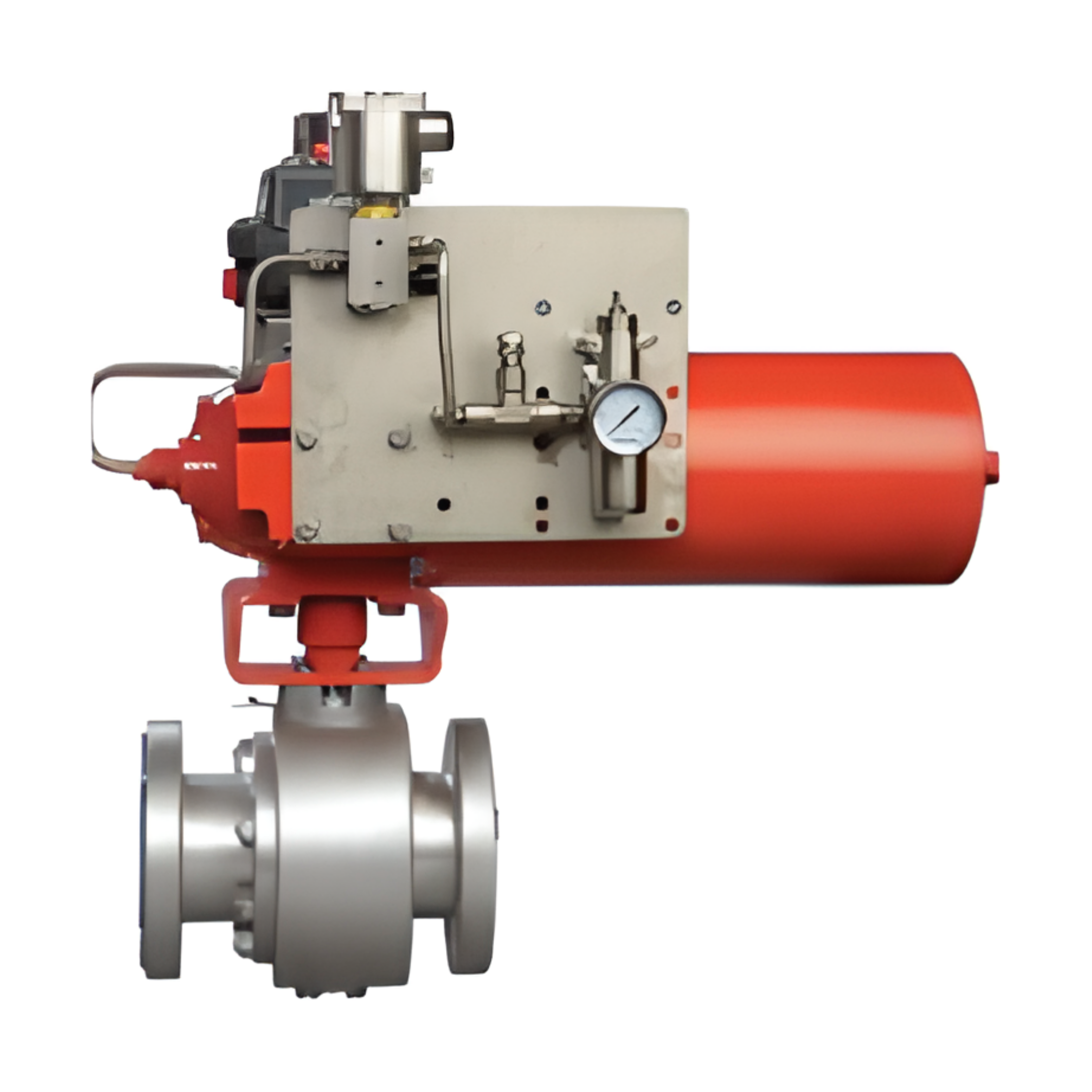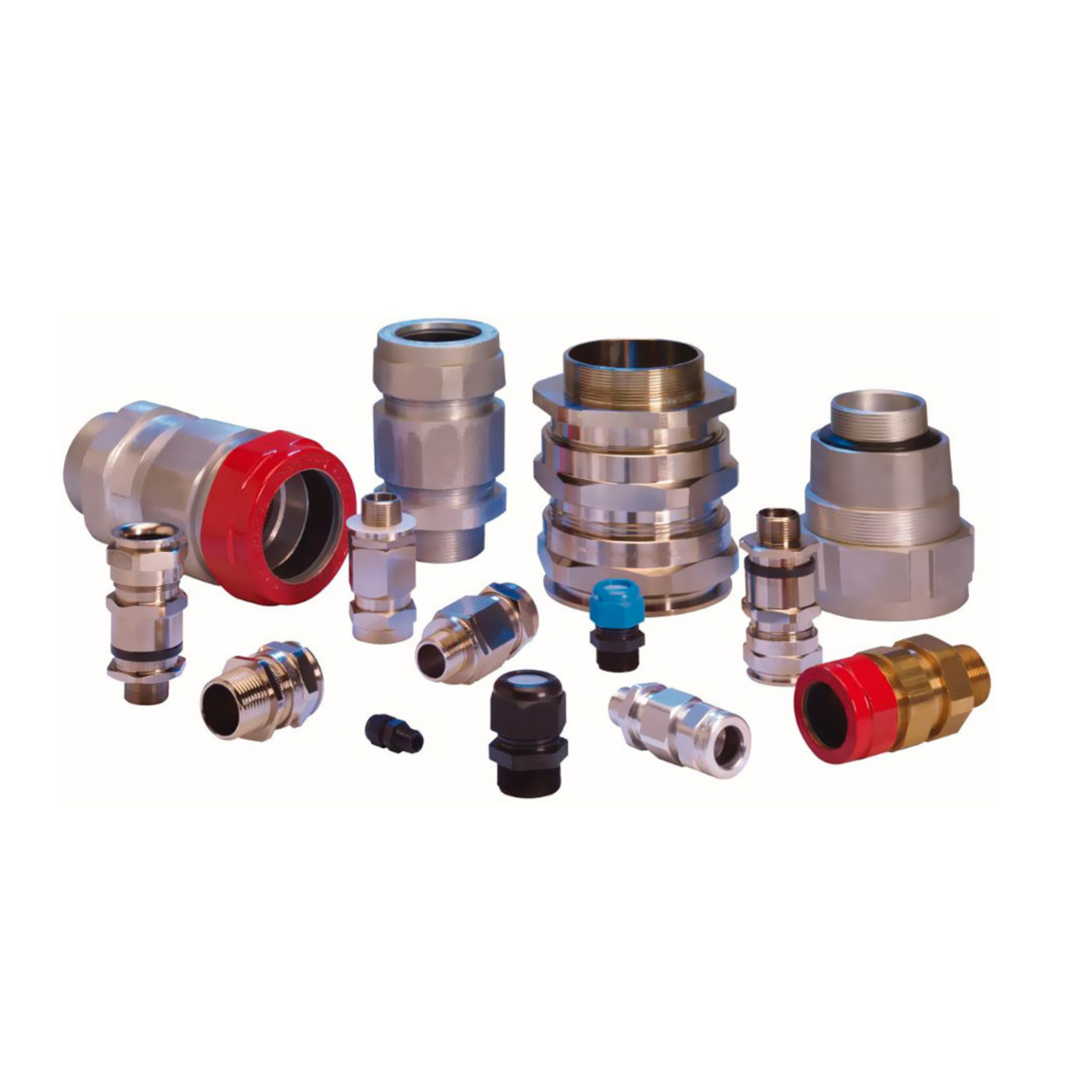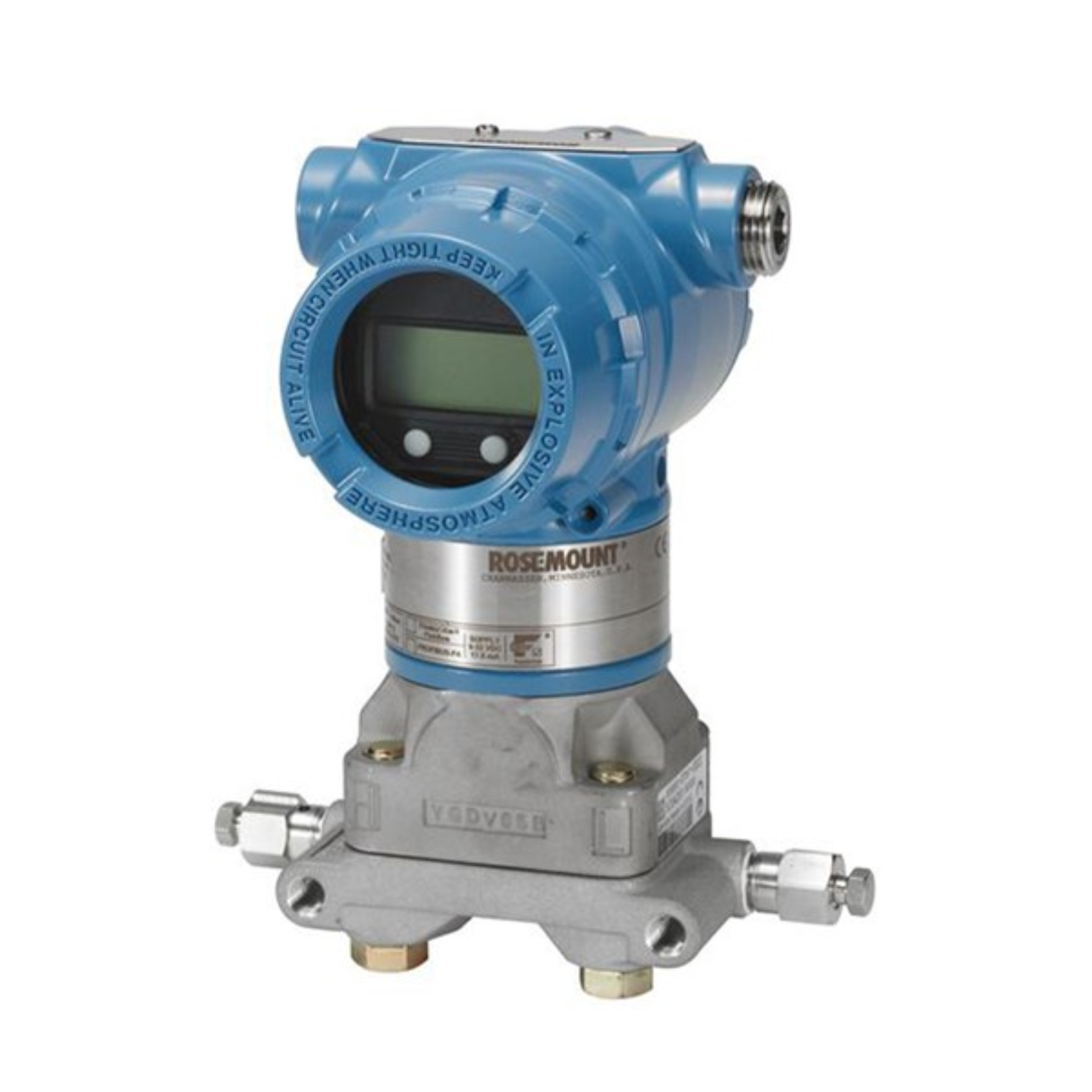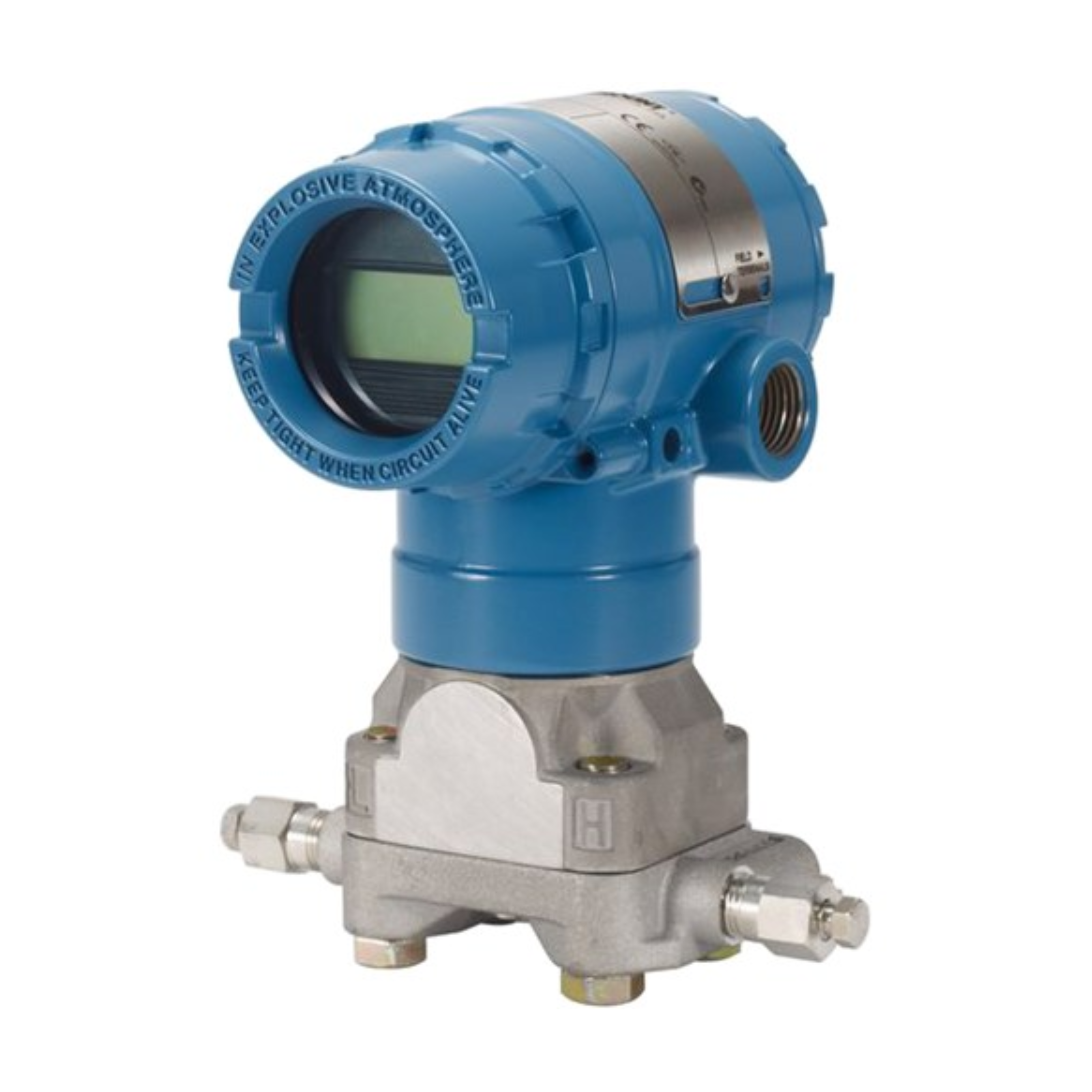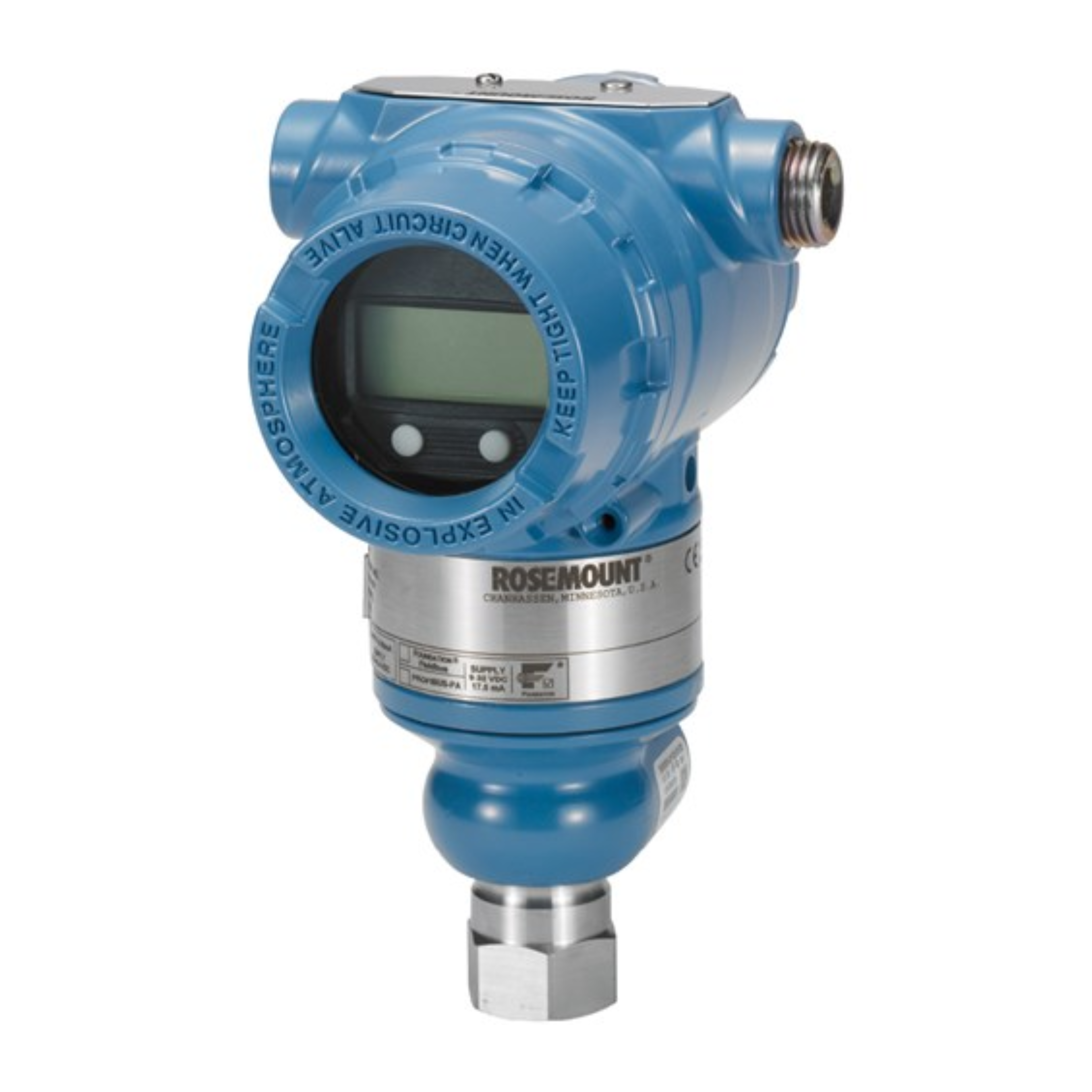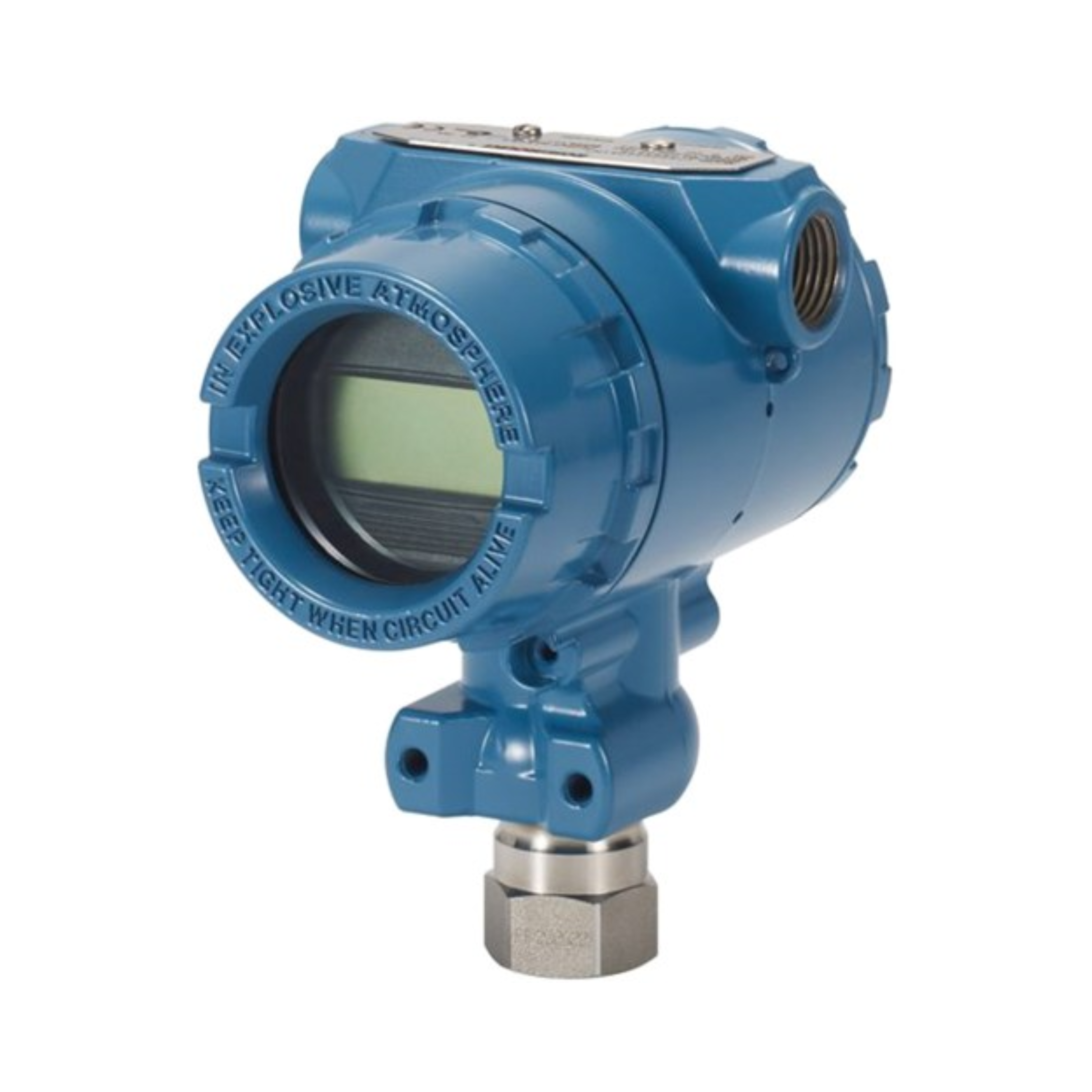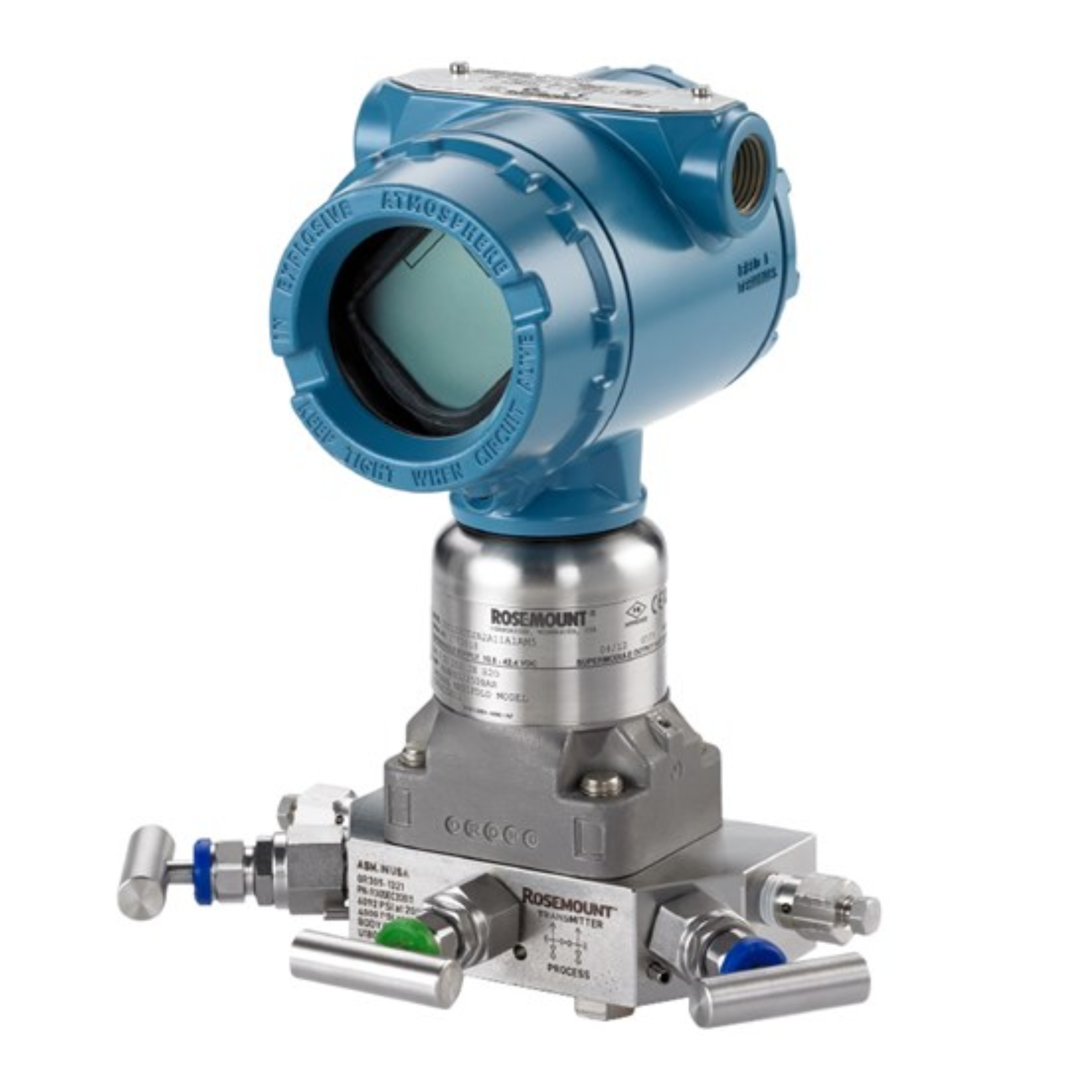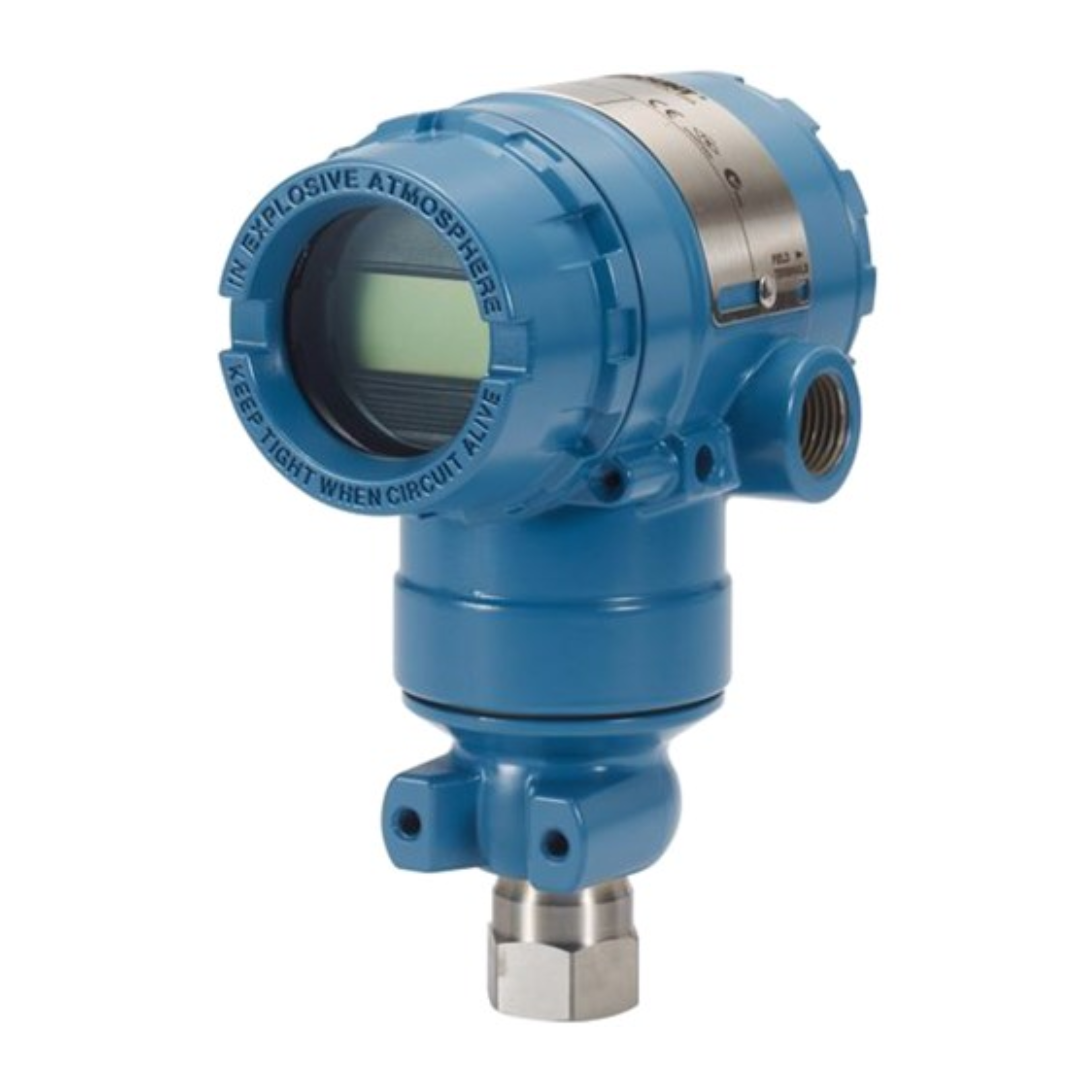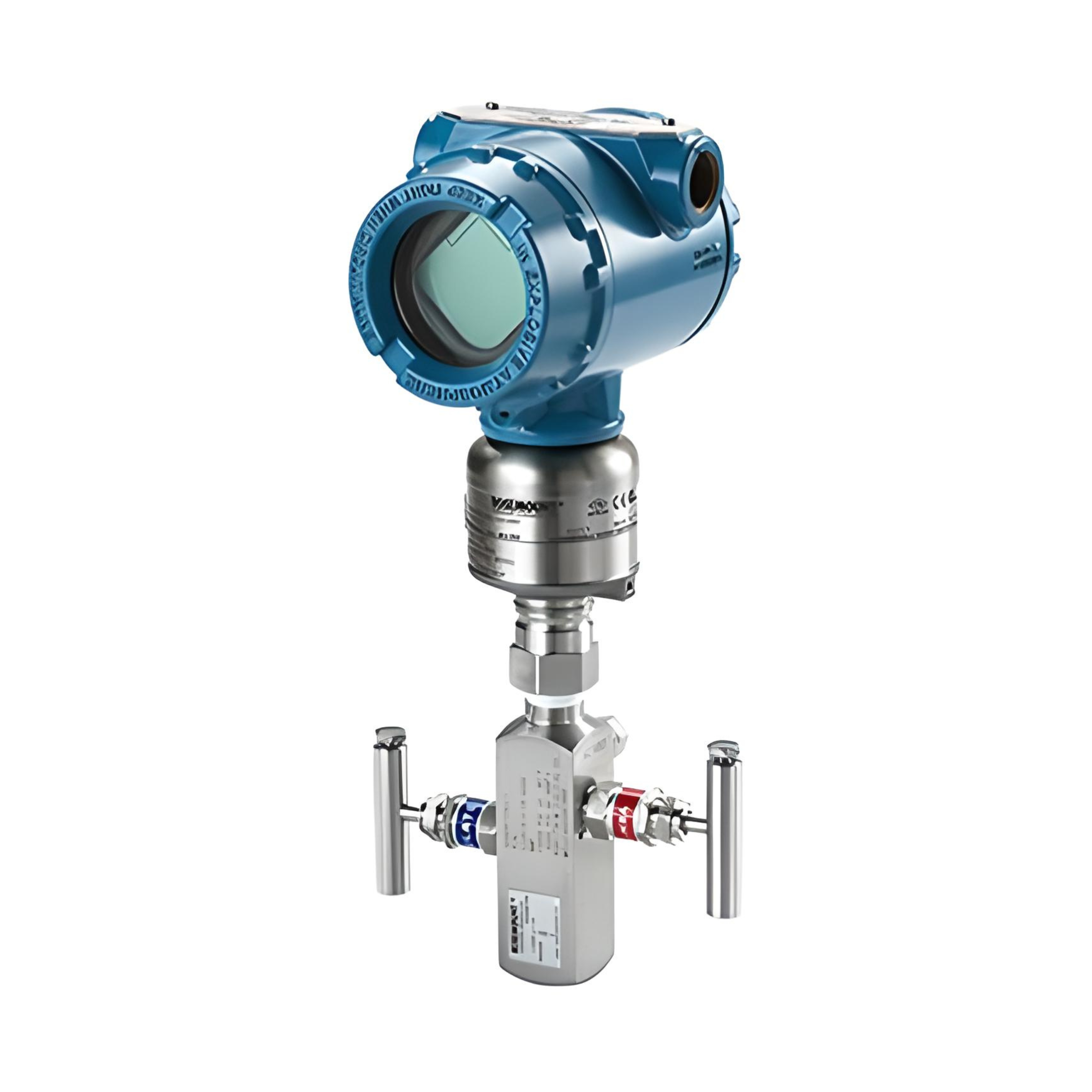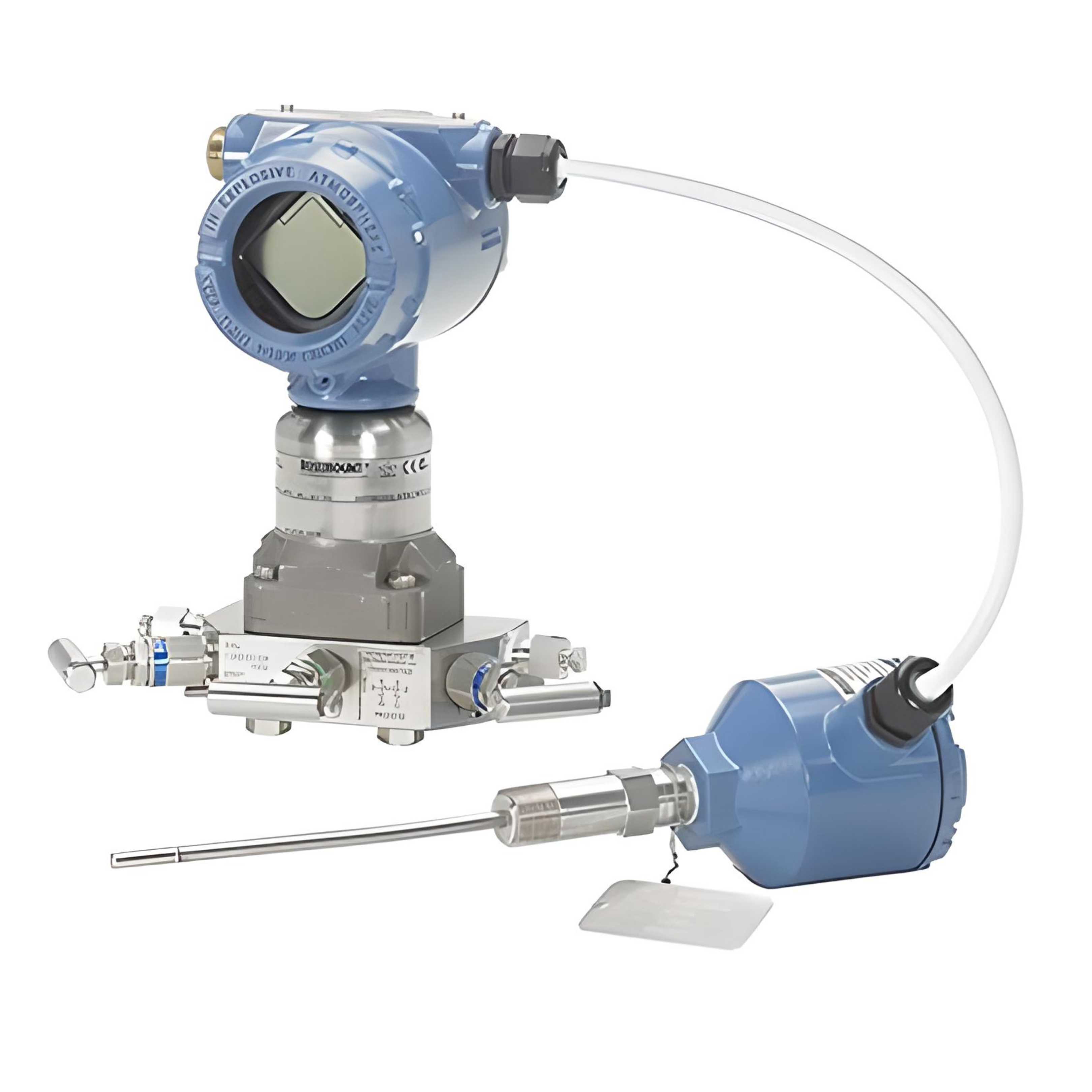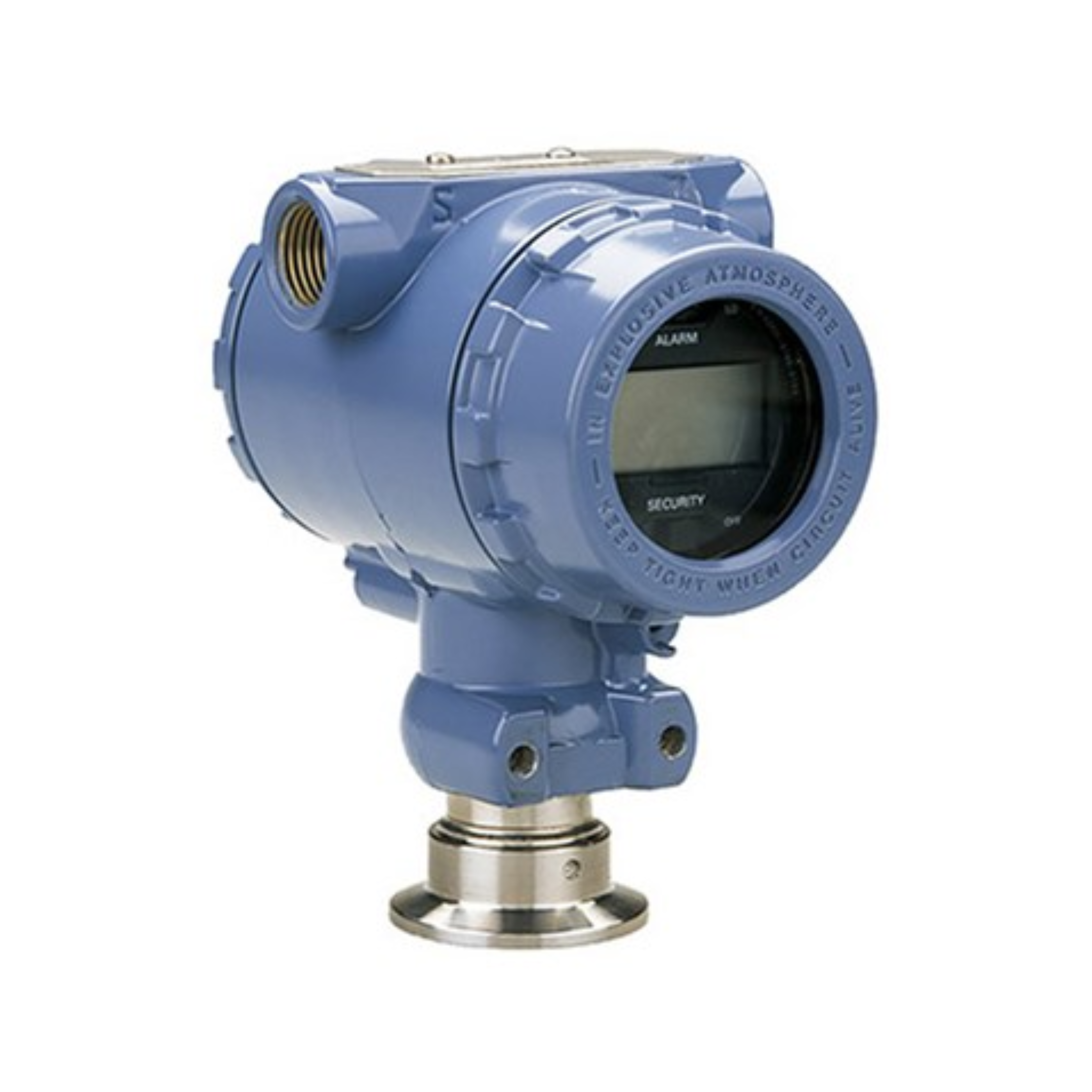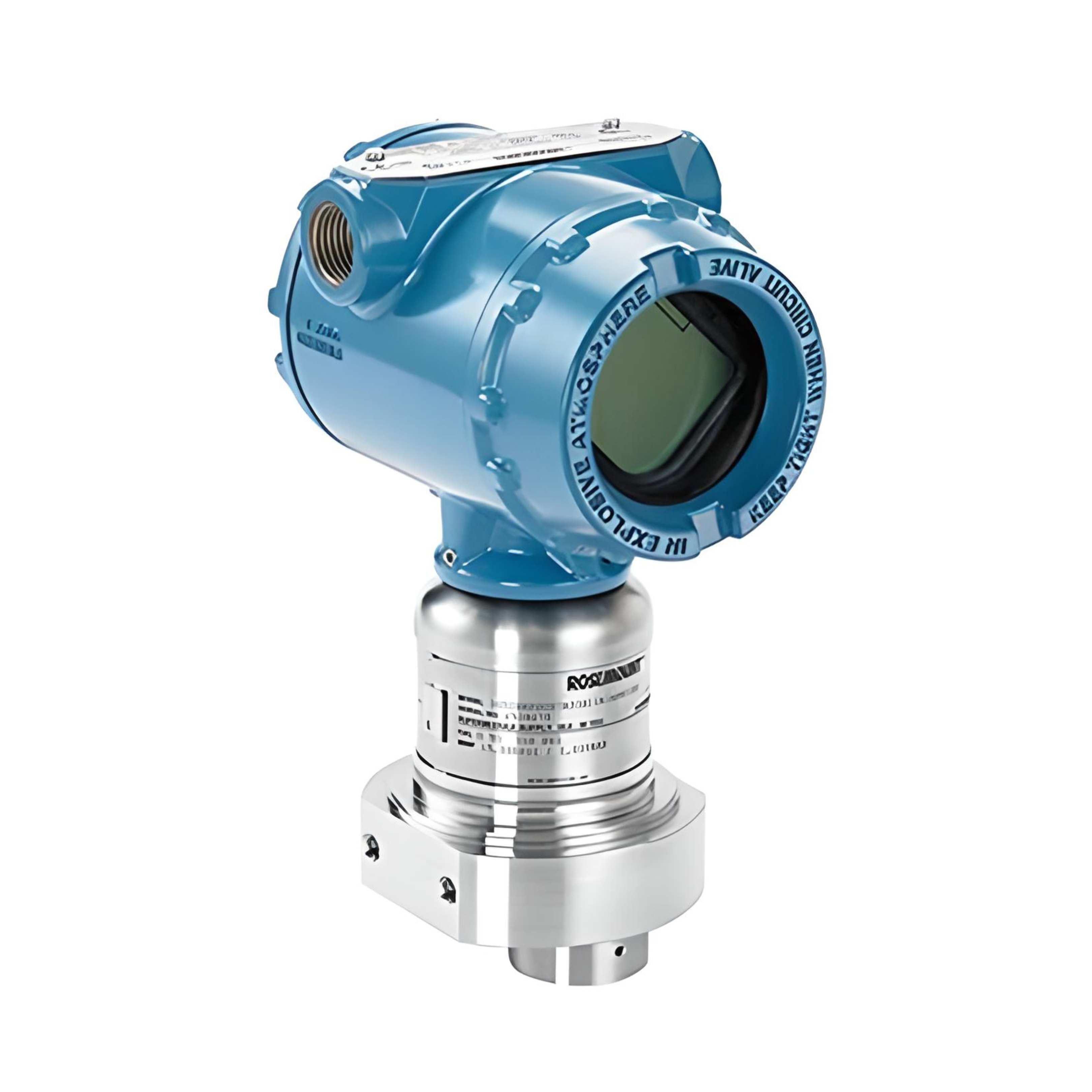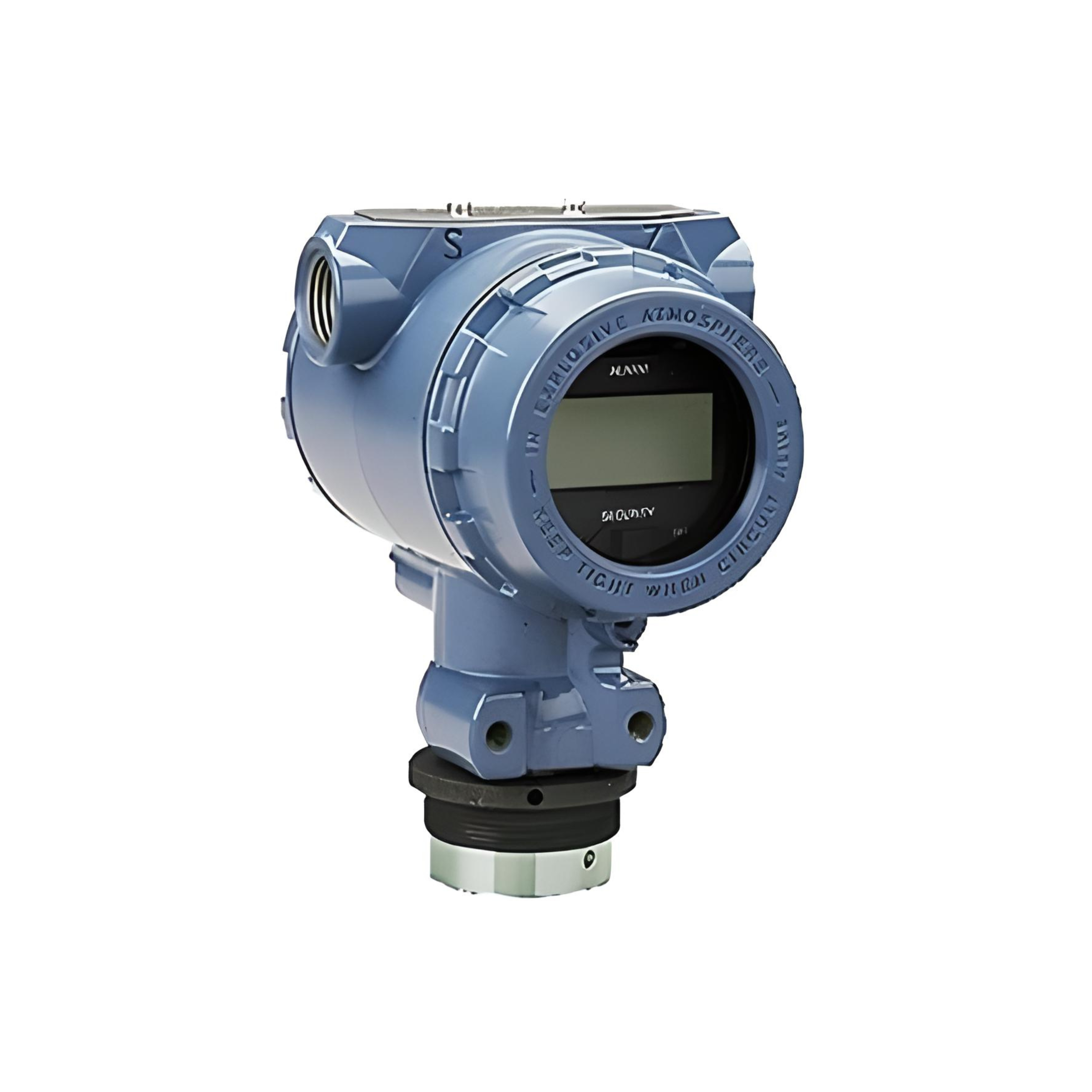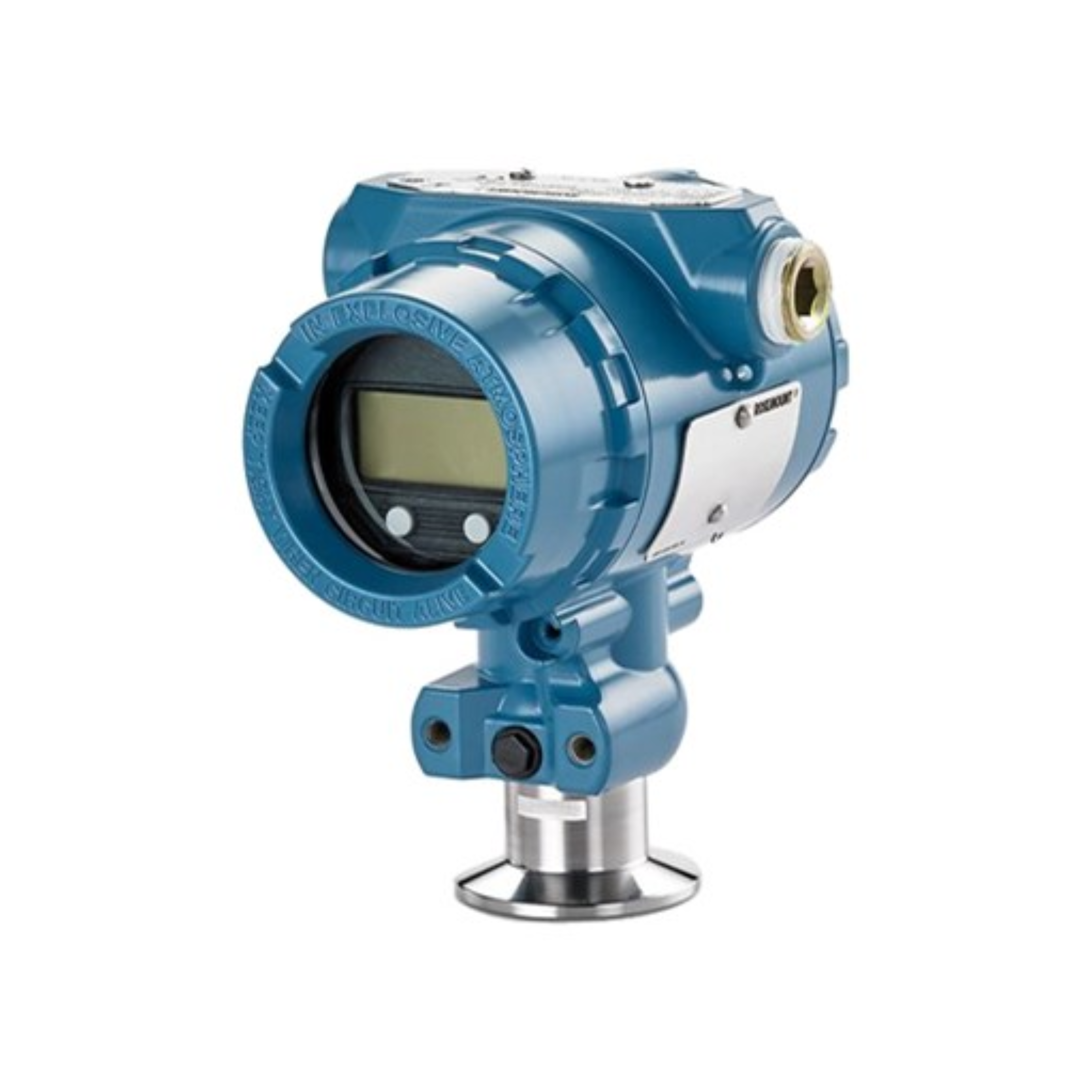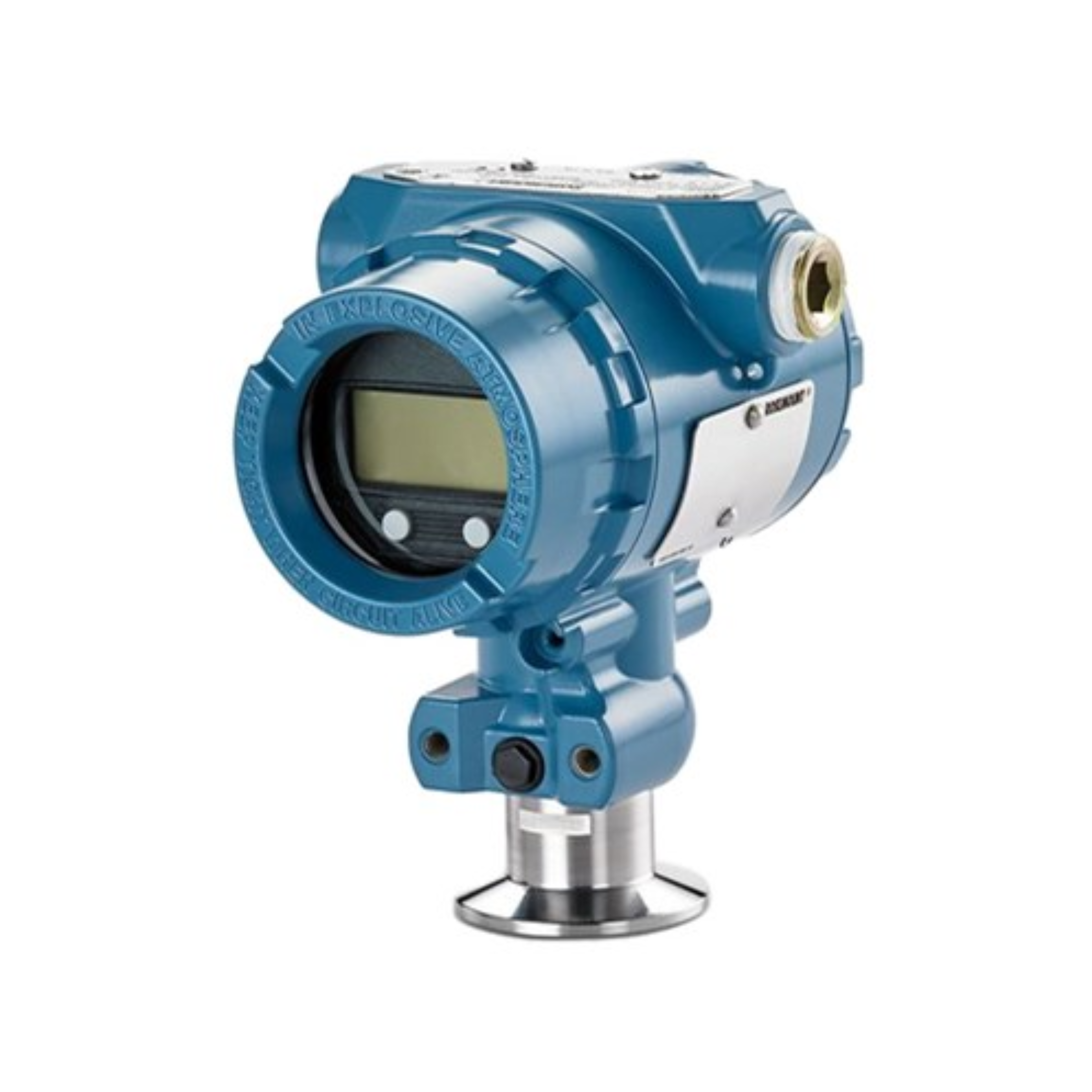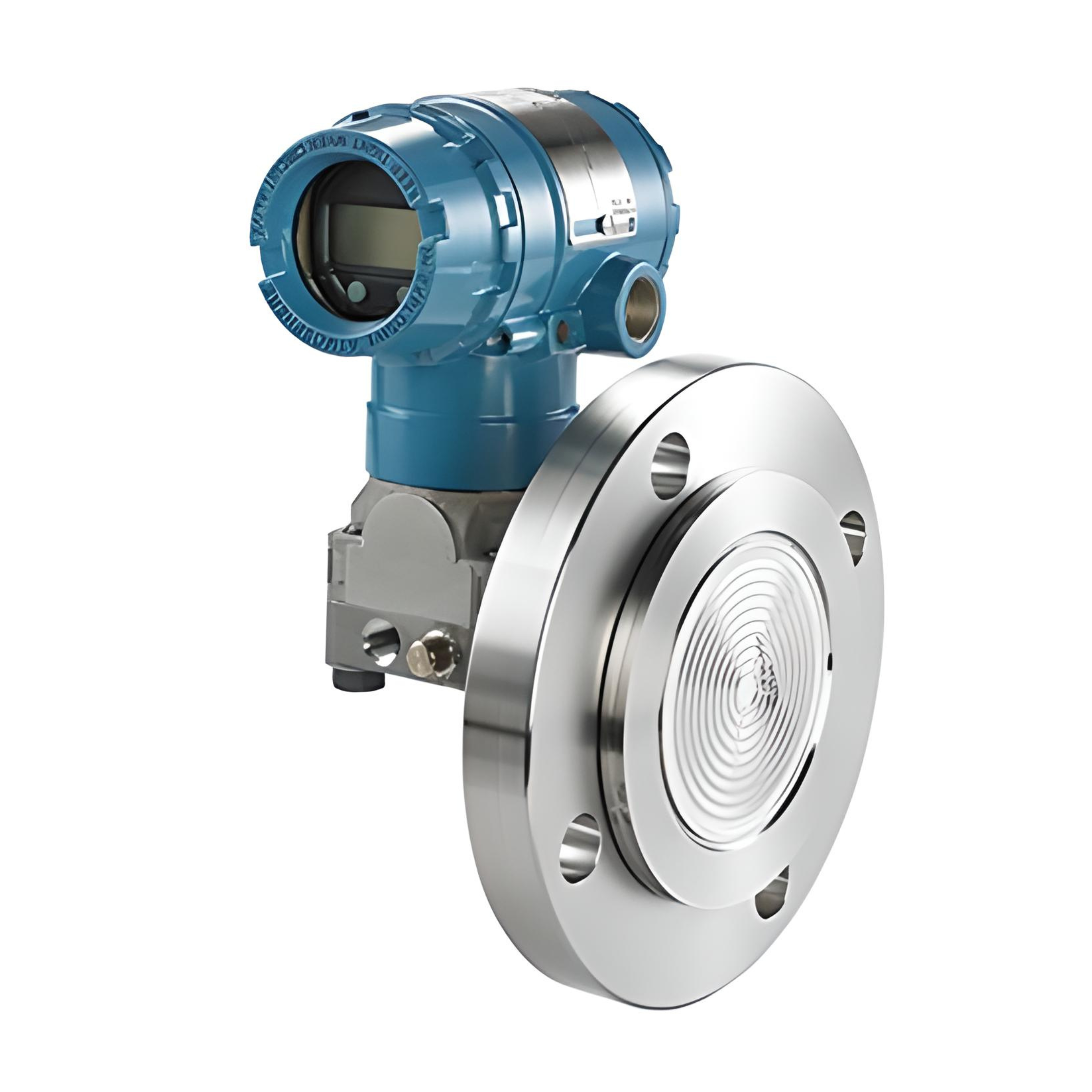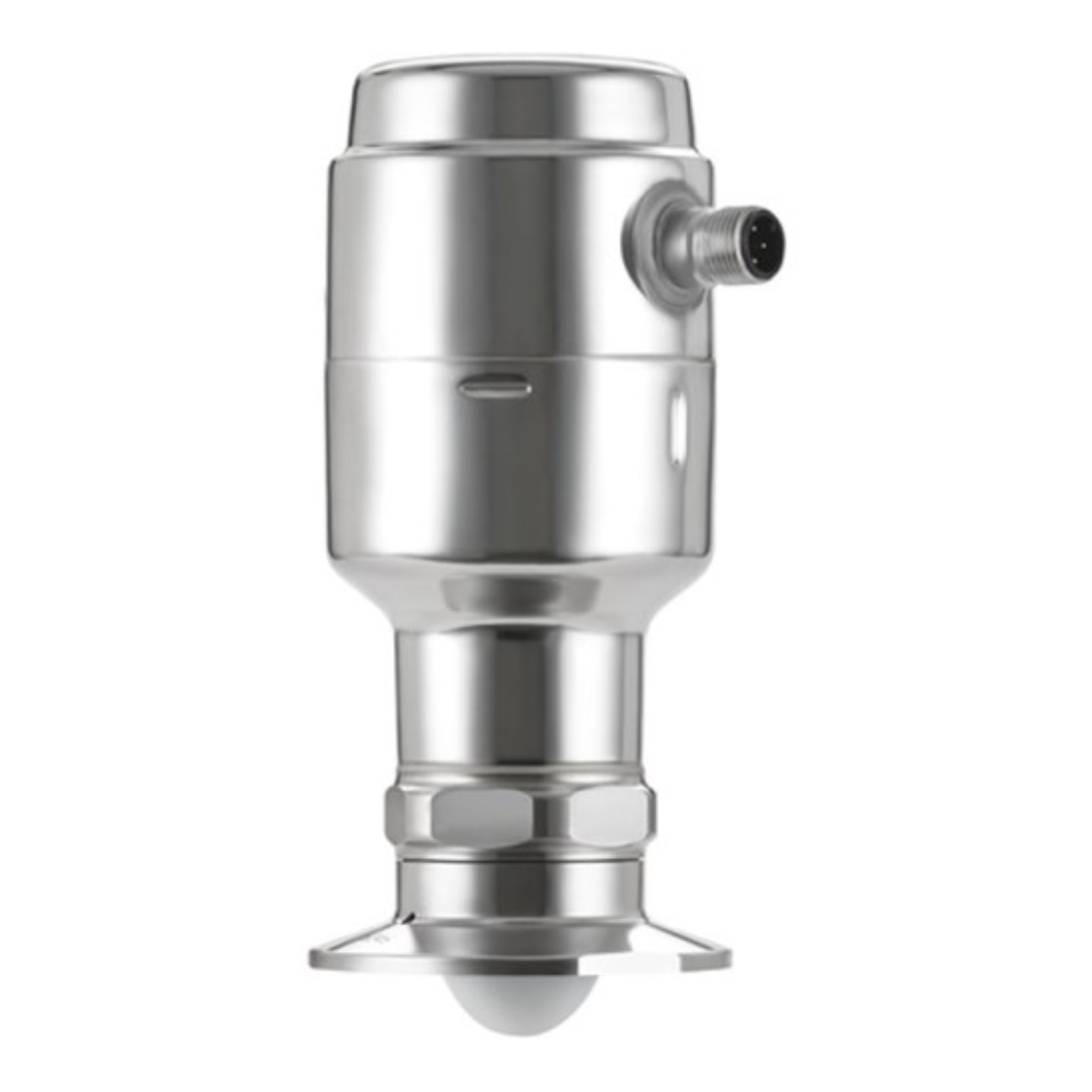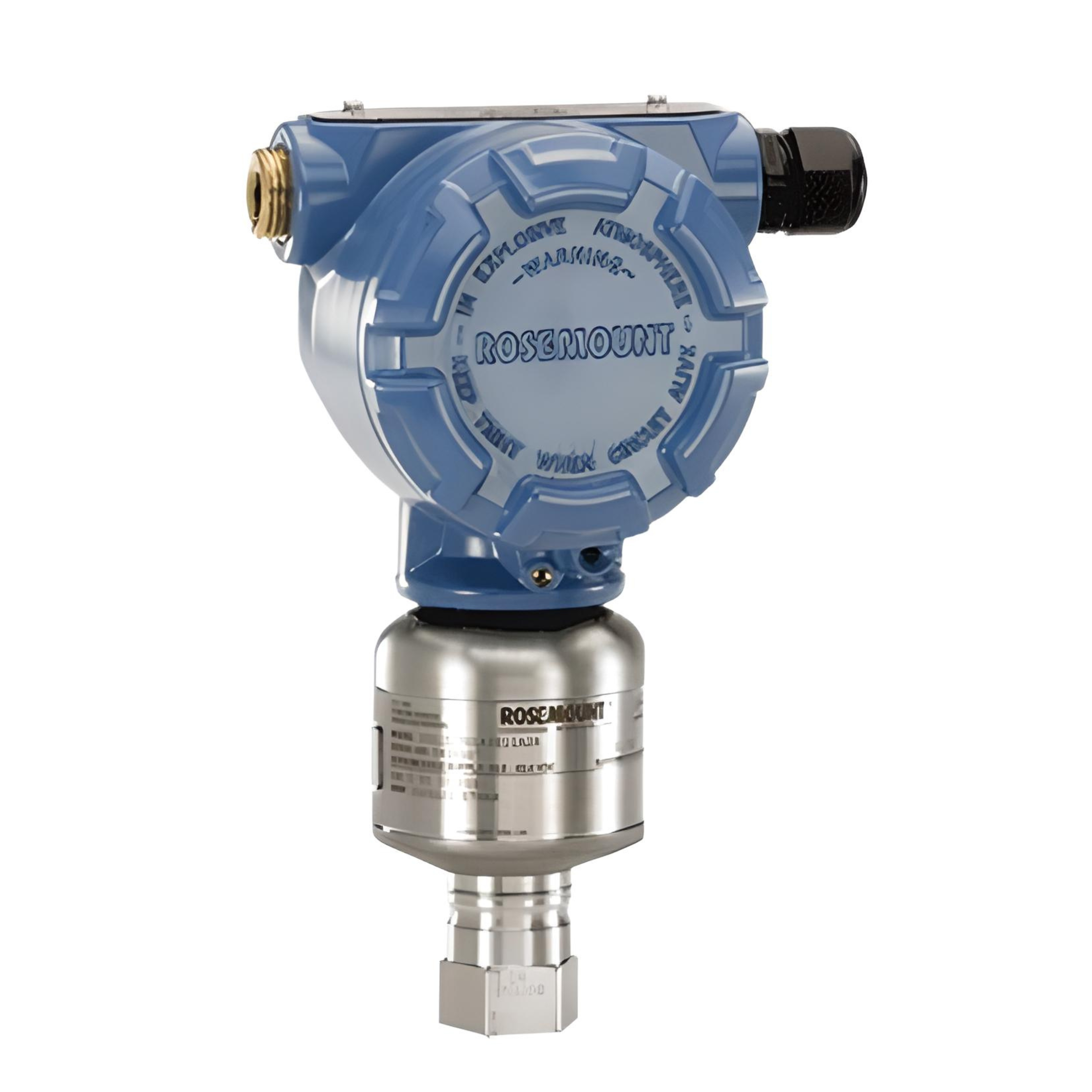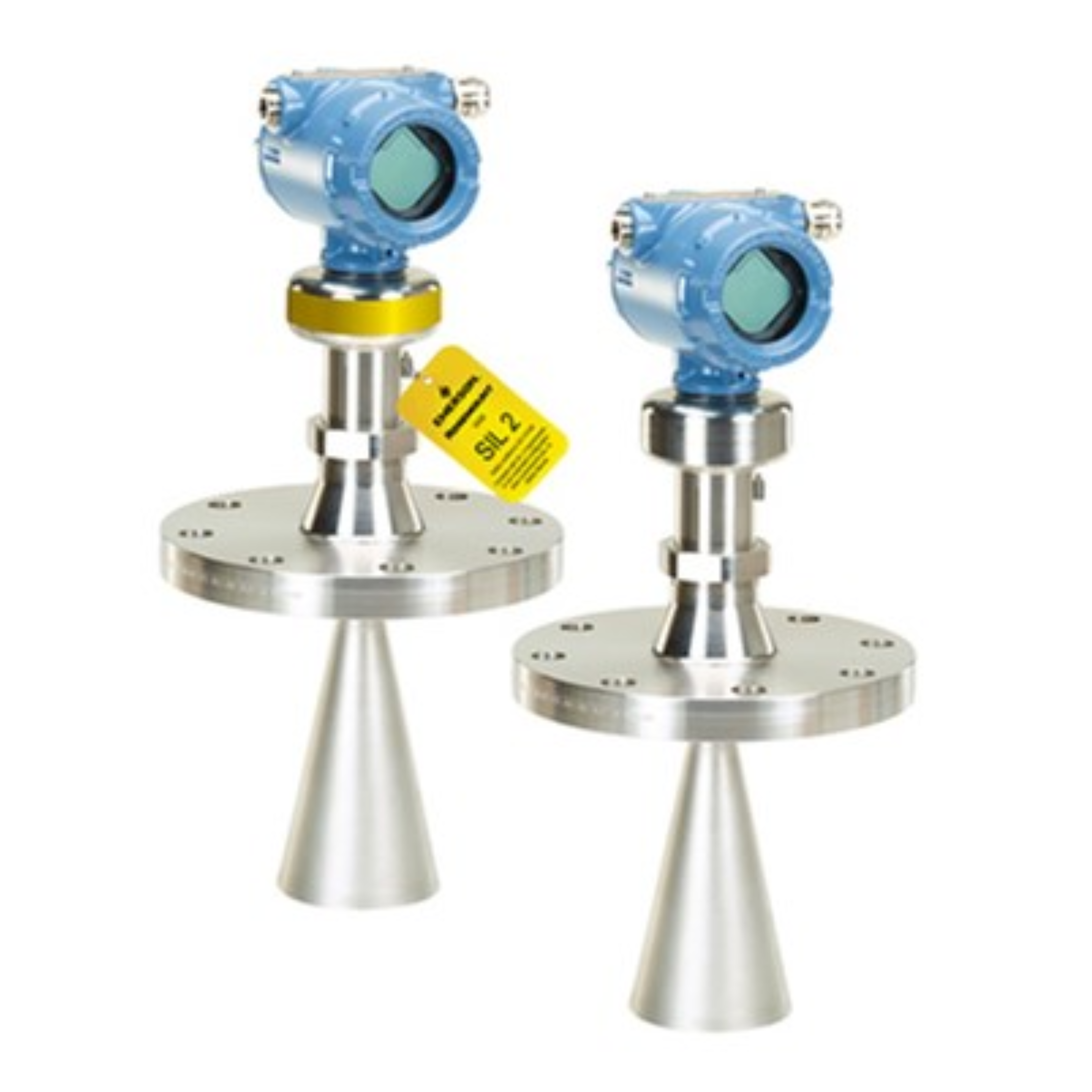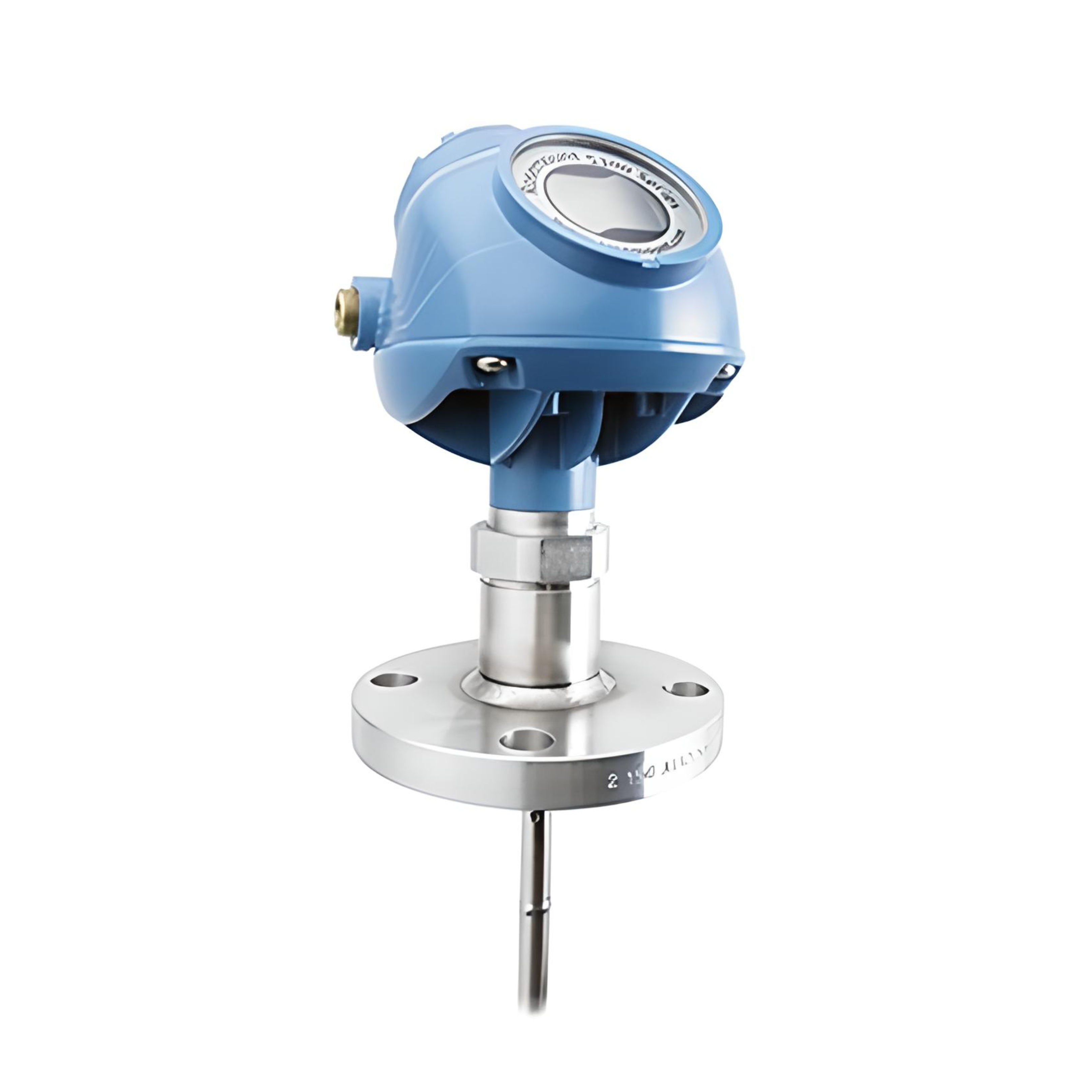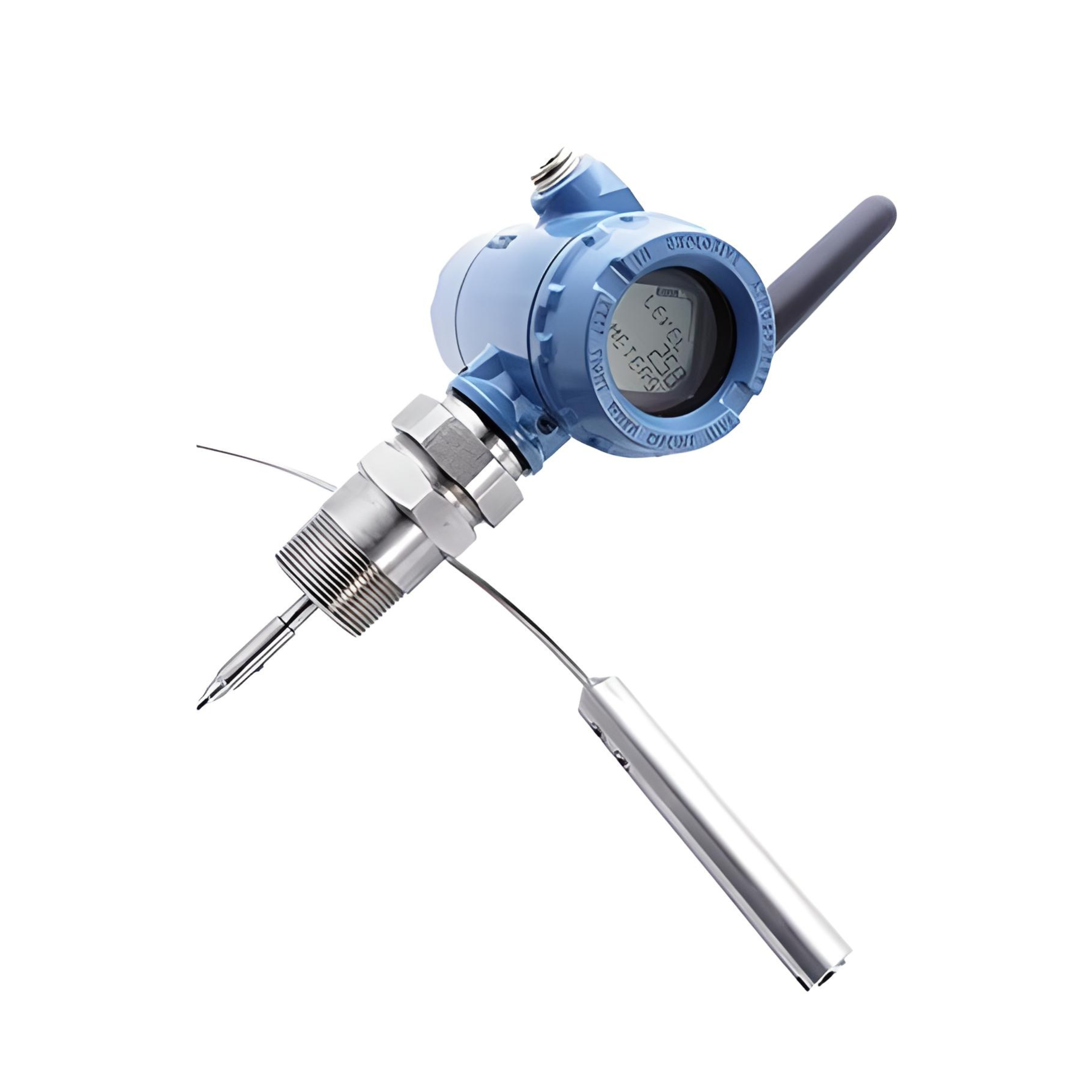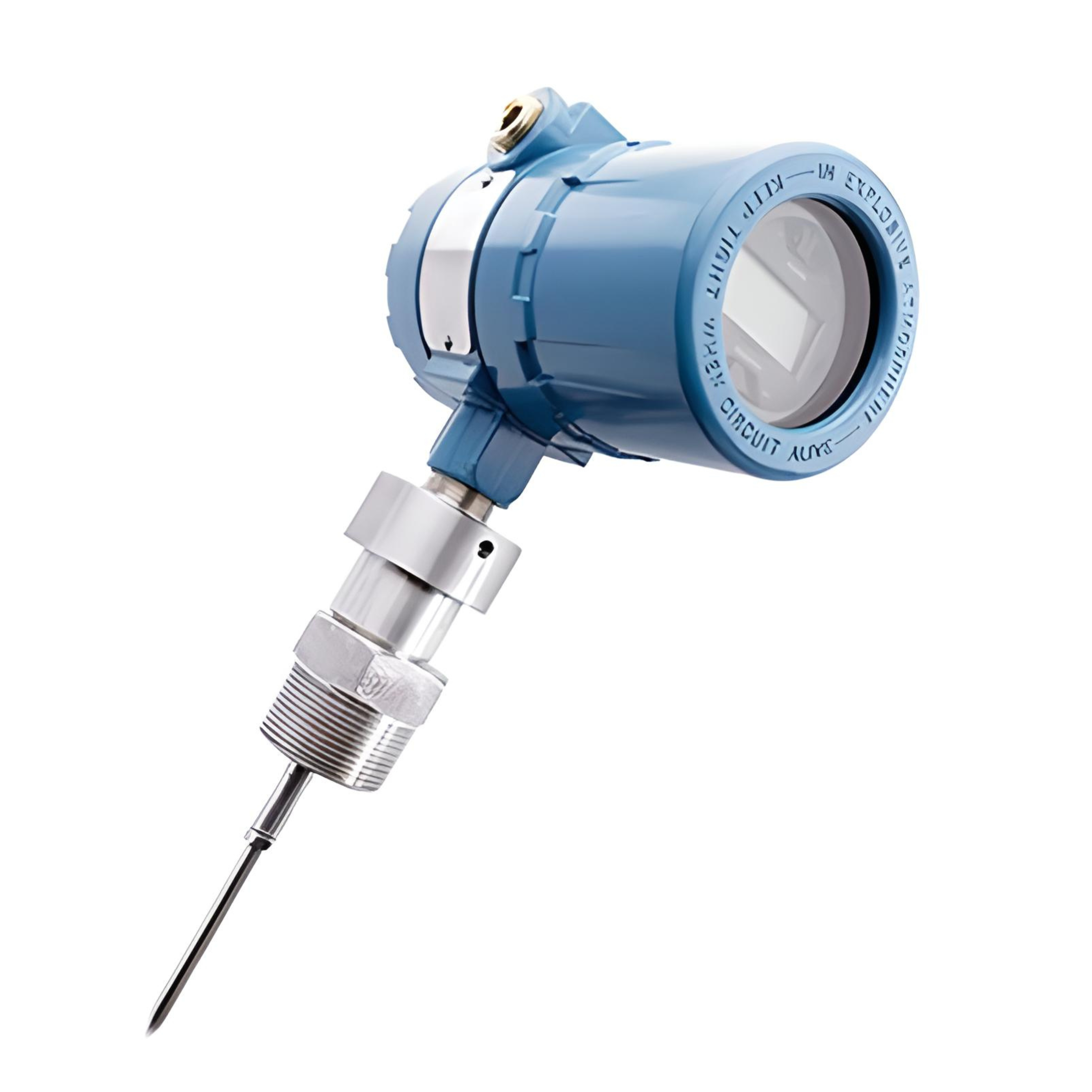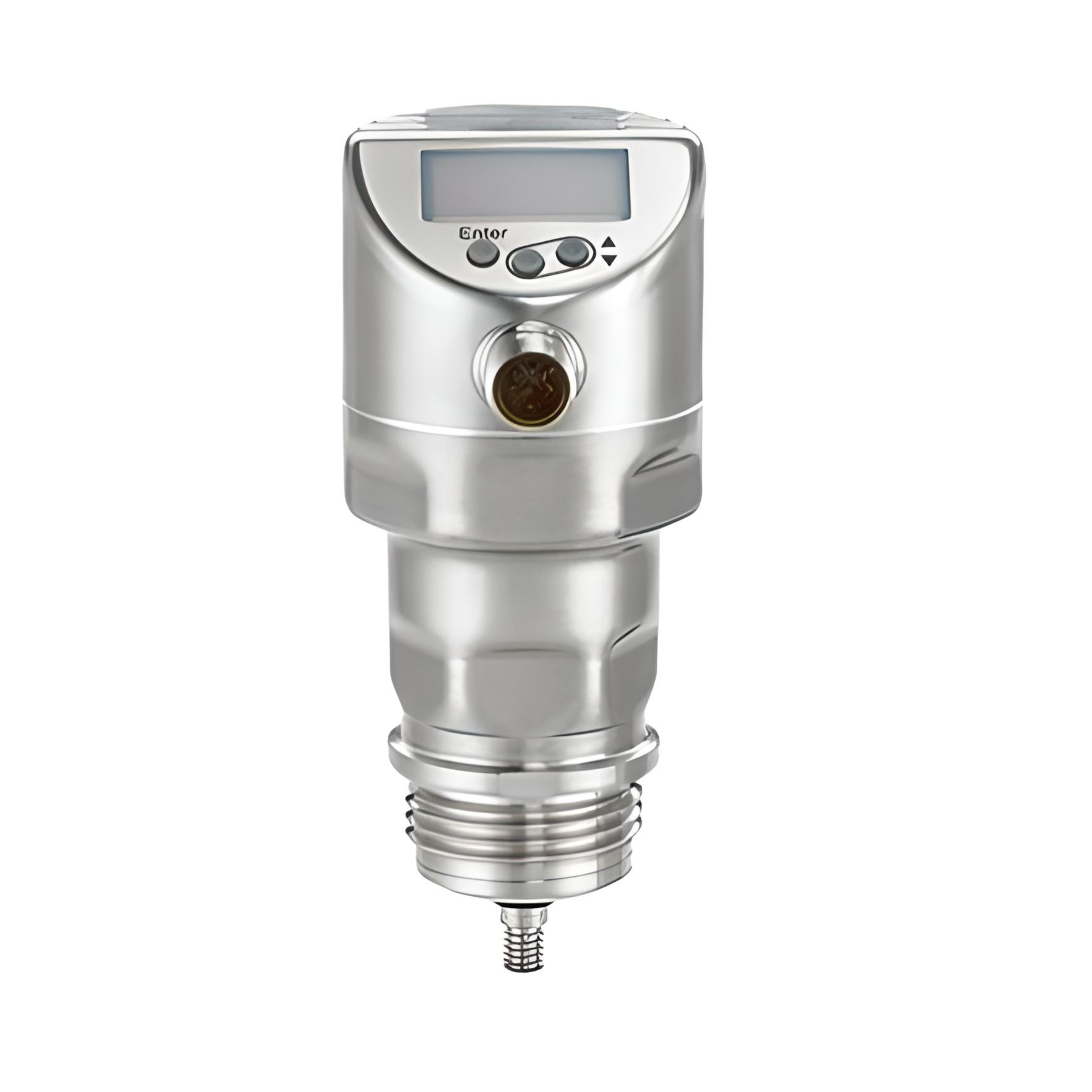.png)
A valve is a mechanical device that controls the flow (fluid) and pressure in a system or process by opening, closing, reducing, or increasing the flow. Control valves are important components of piping systems carrying liquids, gases, steam, slurries, etc.
Here are the valve functions that you should know:
- To close and open the flow with the condition when open, it has a flow resistance and a minimum pressure loss, for example, gate valve, ball, plug, and butterfly valve.
- To regulate the flow, blocking the flow with a change in direction or using a resistance can also be a combination of both.
- To prevent backflow, usually use a check valve (lift check and swing check). This valve will remain open and will close if there is a flow in the opposite direction.
- To regulate pressure, in some valve applications in the field, the inlet pressure (line pressure) must be reduced to reach the desired pressure. Usually, use a pressure-reducing valve or regulator.
- For pressure relief, use a relief valve and a safety valve. The relief valve is used to overcome when there is excessive pressure that can interfere with the flow process or even fail the flow process. While the safety valve uses a spring (spring loaded), this valve will open if the pressure exceeds a predetermined limit.
